They say "variety is the spice of life," and if we apply that wisdom to the world of music, an exotic instrument can add just the right zest to pull that song together. There's nothing wrong with the twang of an acoustic or the roar of an electric, but who doesn't like to step out of their comfort zone now and again?
Today, we're looking at seven examples of musicians who stepped away from the familiar and came back with a new sound that make fans stop and go, "Whoa, what is that?"
Buddy Holly's Celesta on "Everyday"
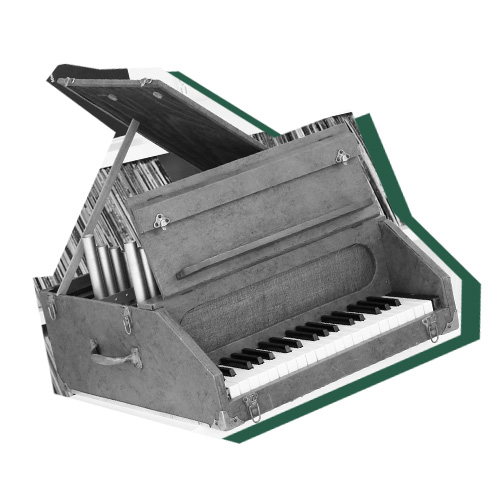
Where better to start than with a '50s staple? Dreamy, chiming, and angelic, Buddy Holly's "Everyday" typifies both his work and the songs of the era, and that's thanks in no small part to the celesta.
A tiny upright piano in appearance, the celesta operates by using the small keyboard to hit mallets on an idiophone, or series of small metal plates. Perhaps best-known for producing the melody on "Dance of the Sugar Plum Fairy" in The Nutcracker, its use in this Buddy Holly classic marked an entry into popular music.
The Rolling Stones' Marimba on "Under My Thumb"
While the mallet-played leviathan of wooden bars is so well-known today that it's a default setting on most beginner keyboards, the marimba was an unknown presence to most ears in the '60s. Enter The Rolling Stones.
Played by the late Brian Jones, the woody melody on one of rock's biggest name's biggest songs helped catapult the relatively obscure instrument into the minds of pop music fans and other artists alike.
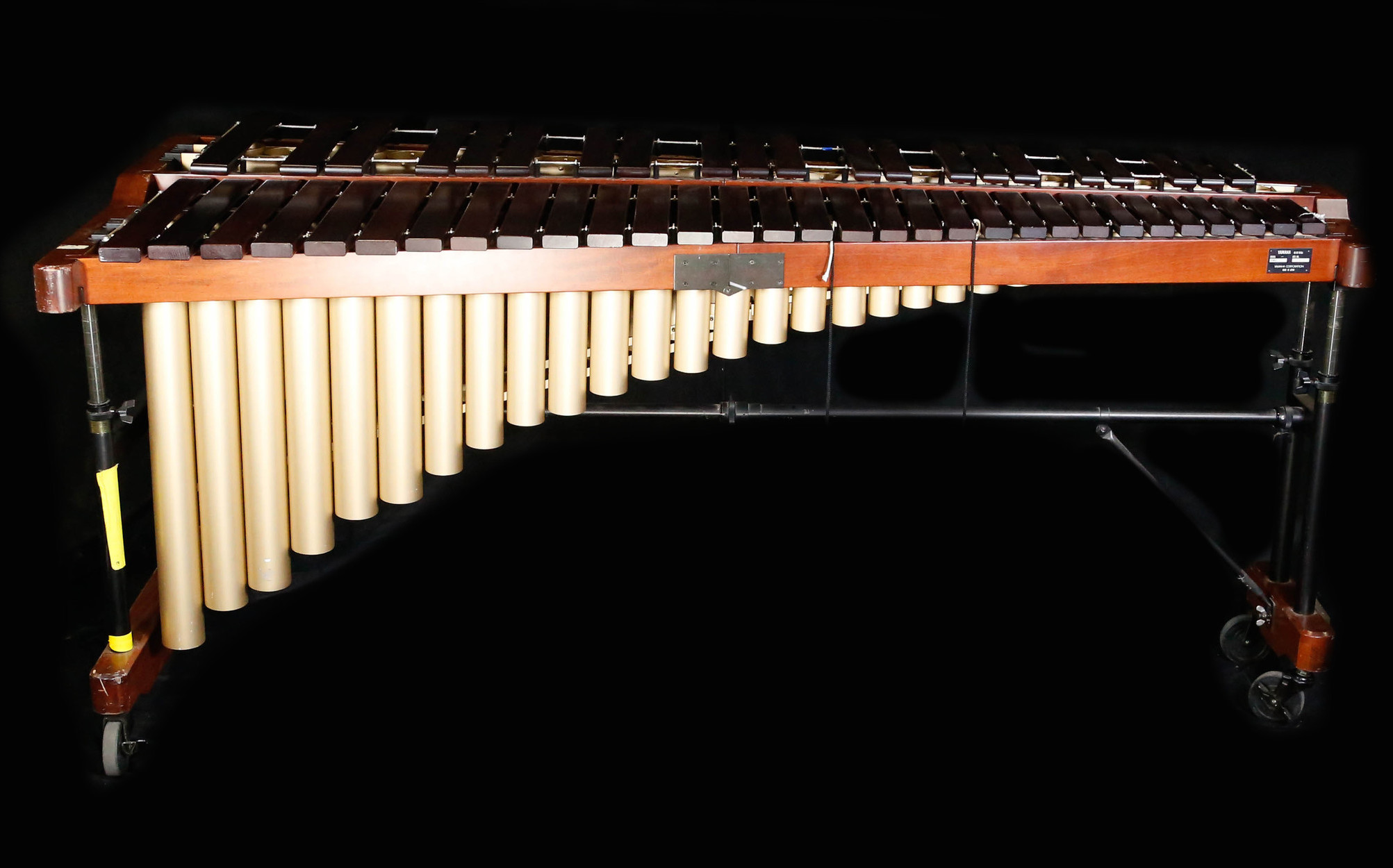
Paul Simon's Cuica on "Me and Julio Down by the Schoolyard"
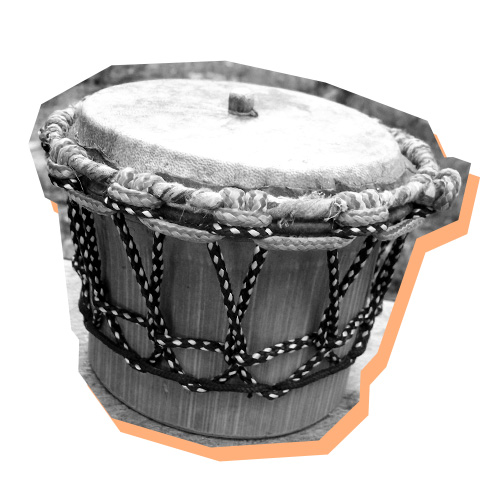
Up to this point in his career, Paul Simon had been known as a great songwriter, but he was mostly associated with acoustic guitar. That came to an abrupt about-face when people heard the monkey-like yowl of the cuica on 1972's "Me and Julio Down by the Schoolyard."
That yowl produced by the Brazilian drum is made by simultaneously playing the single head and changing its tension. Portuguese for the gray, four-eyed opossum native to Central and South America, the cuica marked a starting point for Simon's lifelong love of exotic instruments.
Tom Waits' Glass Harmonica on "Rainbirds"
Who would've thought that a man who once used a metal stool as an instrument would end up on this list? Forever an enigmatic figure, Tom Waits has constantly sought new instruments and composition techniques throughout his career, and that tendency toward left-field is found in full regalia on the undefinable Swordfishtrombones.
One of the most intriguing instruments on the album (which is saying a lot), is the glass harmonica (or armonica). Invented by none other than Ben Franklin, this novel creation is a series of graduated, rotating glass bowls that produce an ethereal sound when pressed.

Neutral Milk Hotel's Singing Saw on "In the Aeroplane Over the Sea"
A mammoth figure in the rise of '90s indie rock, Neutral Milk Hotel revitalized interest in folk with an off-kilter style that didn't fit neatly into any existing genre of the time. Their magnum opus, In the Aeroplane Over the Sea, is an odyssey of sounds and instruments, and the musical saw played no small role in that journey.
Tracing its origins to the utilitarian creativity of Appalachian players in the early 1800s, the musical saw (or singing saw) produces a warbling presence by, well, playing it with a bow.
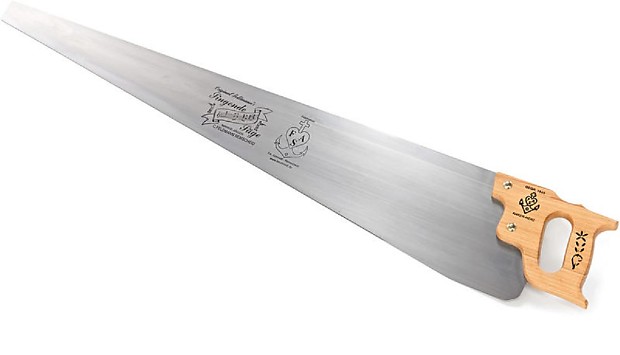
Arcade Fire's Hurdy-Gurdy on "Keep the Car Running"
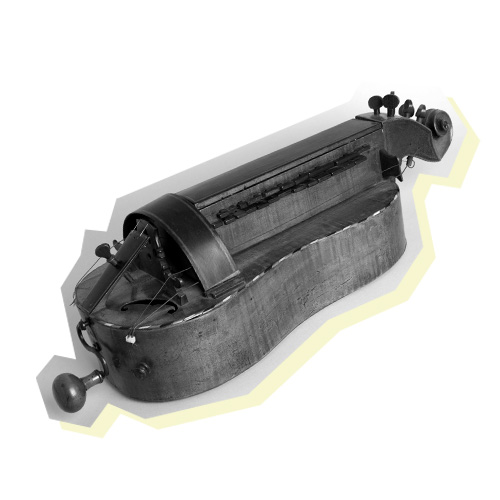
When he's not keying up in the NBA Celebrity All-Star Game or spinning records as DJ Windows 98, Win Butler and Arcade Fire have made some of the most memorable albums of the past 20 years. With an arsenal of instruments almost as large as the band's roster, they've come across plenty of unique instruments, and one of the more novel is the hurdy-gurdy.
Used on the Neon Bible track "Keep the Car Running," the hurdy-gurdy looks like someone smashed a violin and keyboard together and decided to keep the results. Played by turning a hand crank and pressing keys, the resulting sound is something of a stringed pad likened to bagpipes.
Björk's Gravity Pendulum Harp on "Solstice"
Out of everyone on this list, no one fixates on finding new sounds quite like Björk. In fact, the Icelandic vanguard has such an appetite for new sounds, sometimes she makes her own instruments.
Designed alongside musical roboticist and MIT graduate Andy Cavatorta, the gravity pendulum harp is comprised of four 11-string pendulums and uses their natural motion as well as software to determine notes.
Have your own favorite songs made with unusual instruments that didn't make our list? Let us know in the comments.
